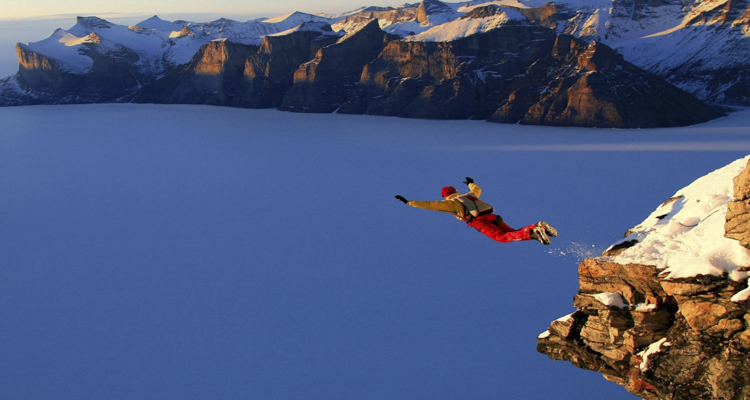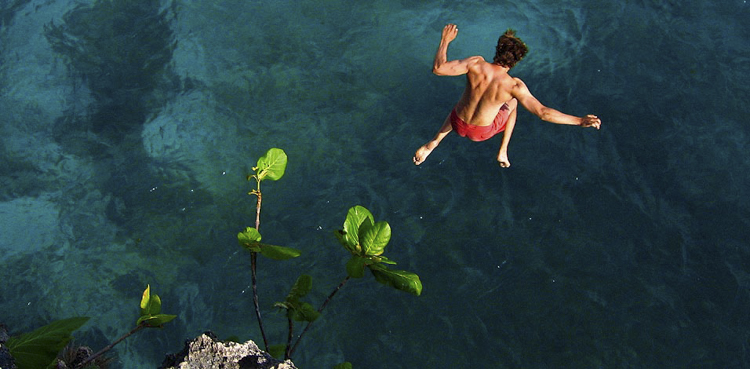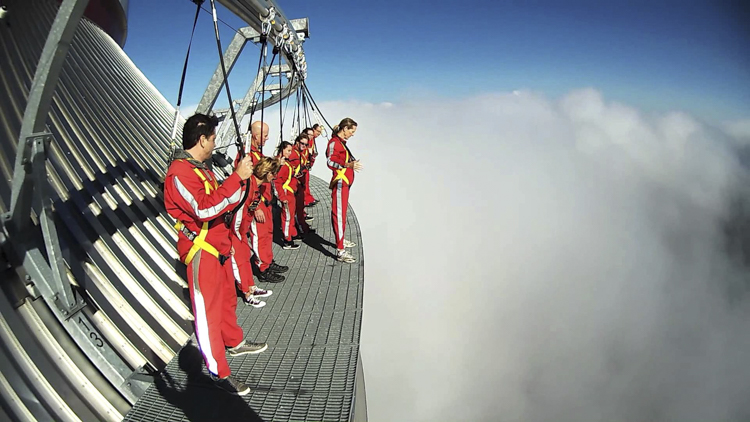Turns out that seeking adventure is actually in our DNA

Living a routine life has never appealed to me. The idea of repeating the everyday, seeing the same people everyday, is a glorified depression disguised as a life. Two years ago, I decided that I needed to make a change. I had watched my best friends go off to university in different cities while I thought I would be enjoying the benefits of a comfortable life at home. I saw people go from school to their part-time job, and back again. Everything in their lives was planned and each move carefully calculated. It was then that I decided that I had to change something; I needed to take a risk.

It was around this time, during my second year of university, that one of my friends moved away to Europe for the summer to live somewhat of a nomadic life before working over there, and I soon realized that I felt nothing but envy towards them. This was somebody who made the impossible seem possible, and what better of an adrenaline rush is there to prove to yourself that you can accomplish what many wouldn’t dare attempt? It was then that I made the decision that no matter how scared I was, I would give travelling on my own a try. The risk of failing to thrive in another country somehow paled in comparison to the restlessness of the everyday, routine life. It was a risk, but the excitement of the adrenaline rush for me was far greater than the fear.

It’s decisions like these that seem to beg the question, why do some people absolutely love the feeling of risk, while others loathe deterring from their comfortable lives and familiarity? The reason thrill-seeking may be the ultimate rush for you, but scares your best friend, is that scientists are saying that there is actually a risk-taking gene. The gene DRD4 is closely tied to prompting risk-seeking behavior. This gene is able to coerce the person it inhibits into partaking in risky behaviors that cause a rush of dopamine to the brain, resulting in happiness and excitement. Dopamine, a natural drug, floods the brain with good feelings when an individual participates in a risky experience, and, like a drug, once the “user” likes what they feel, they can’t get enough and only crave more.

Clinical psychologists have actually equated the sense of rush that adrenaline seekers attain to a sort of meditation, a fulfillment, so to speak, when they are experiencing the adrenaline rush they chase. Those who have this gene use risk-taking as a form of drug, they get their best “high” when they are partaking in some kind activity most would deem dangerous. People with this gene are more likely to find themselves attempting activities that others wouldn’t dare attempt. The gene makes the sense of reward, one that comes along with risk, something much more central in the brain than the risk itself, and the result is a modern day daredevil. So next time you feel the magnetic pull of a risky feat and crave adrenaline pumping through your veins, thank your mom and dad. After all, they were the ones who provided you with such cool DNA.
http://www.theplaidzebra.com/turns-seeking-adventure-actually-dna/











 ).
). 



